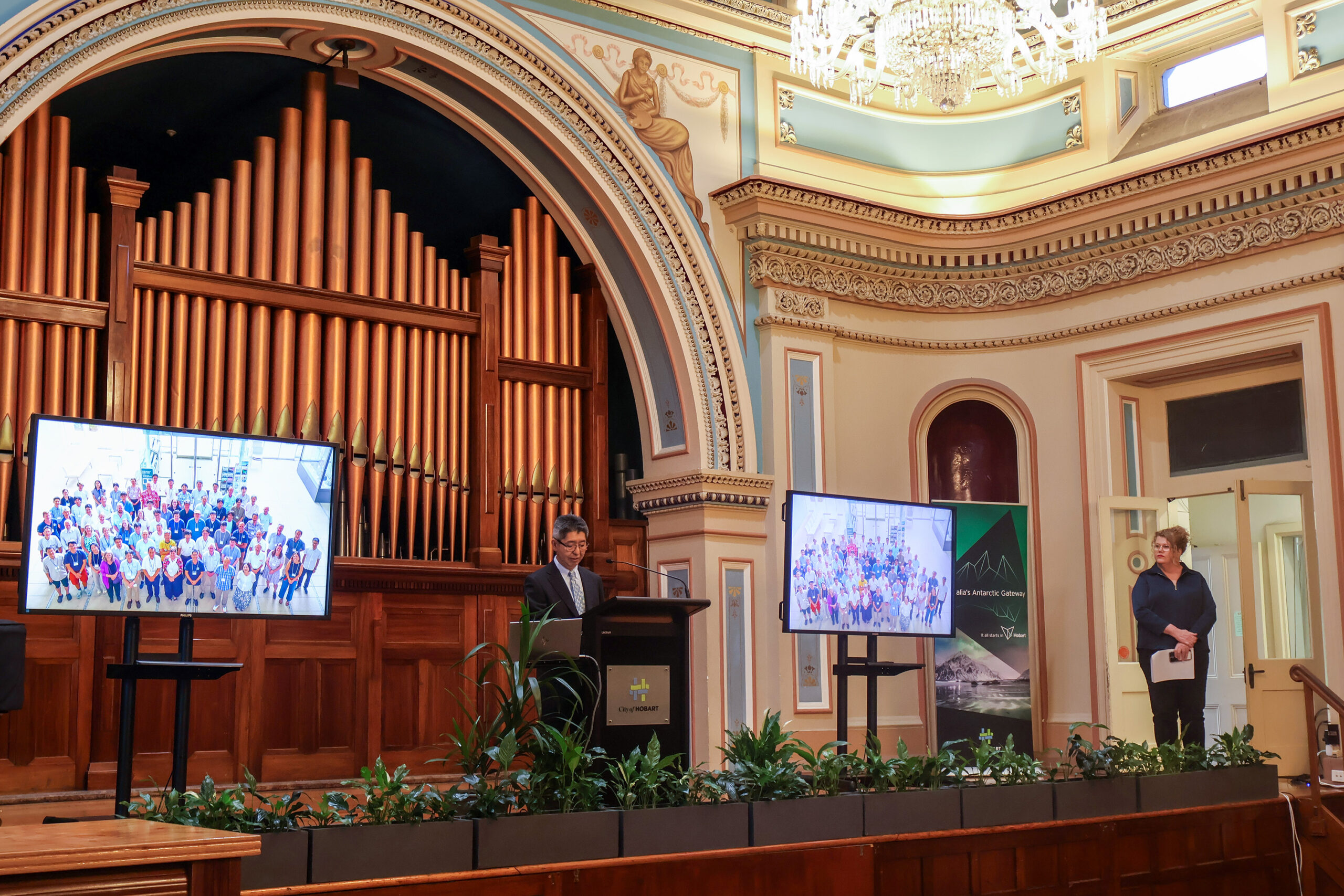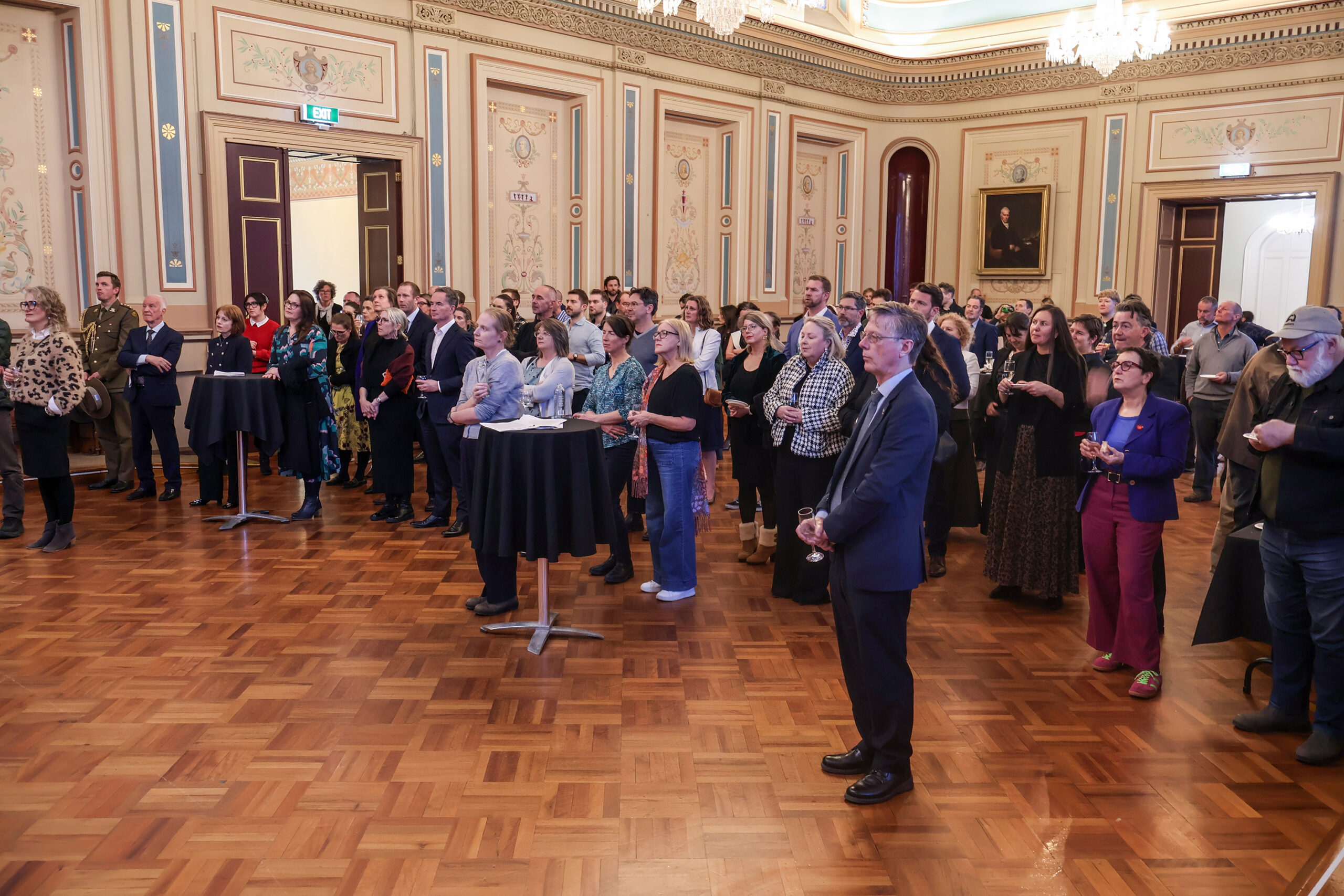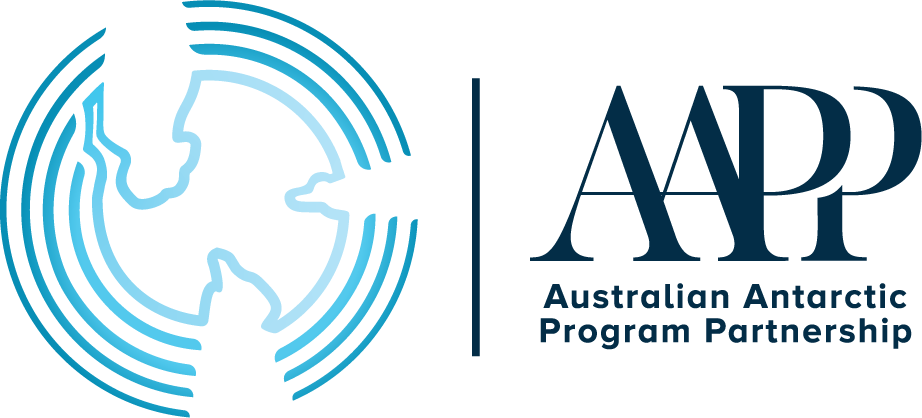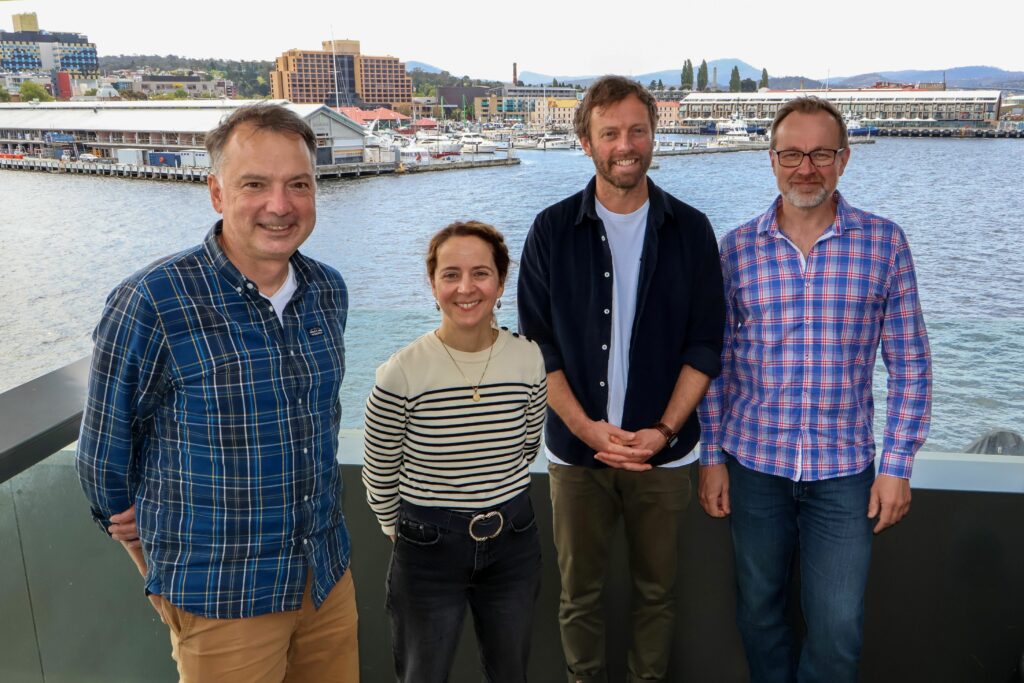Australia and Japan launch plan for joint Antarctic research
17 September 2025
Scientists from Australia and Japan plan to coordinate the use of their national icebreakers and exchange researchers to advance climate studies in the Antarctic and Southern Ocean.
Joint initiatives were formulated by 80 participants in the “5th Australia–Japan Workshop on Antarctic Science” at the National Institute of Polar Research in Tokyo on 28-30 July 2025.
Co-organiser Dr So Kawaguchi (senior krill biologist from the Australian Antarctic Division) launched the Workshop Communiqué at a special event to open the 2025-26 Antarctic season, hosted by the City of Hobart.
Dr Kawaguchi said the outcomes of the workshop reflect long-standing, strong and ongoing Australia-Japan collaborations in Antarctic science over several decades.
“Over the years, joint research meetings like this have made an important contribution to understanding and projecting changes in the global climate system”, he said.
The workshop participants proposed plans across a range of scientific disciplines:
Physical oceanography
- Cooperate to measure oceanic state and understanding of key processes in East Antarctica, utilising icebreakers RSV Nuyina and Shirase
Biogeochemical cycles and phytoplankton
- Share expertise in field techniques (such as autonomous measurements of ocean productivity) and share analysis of samples and data (such as phytoplankton pigments)
- Compare carbon cycle observations from East Antarctica, including the Totten and Denman glaciers and sub-Antarctic regions
Ice sheet and ocean research
- Co-develop and compare high-fidelity regional models, such as for Totten glacier, Wilkes subglacial basin and Amery ice shelf
- Acquire bathymetry and ocean observations on the continental shelf and beneath the ice sheet, to fill gaps on processes such as subglacial hydrology and ice sheet instability
Sea-ice remote sensing and physics
- Personnel exchanges, joint publications, and voyage cross-participation, using new applications of existing data and new satellite sensors for remote sensing of sea ice, landfast ice, and ice-ocean interactions
Sea-ice biogeochemistry
- Collaborative research in marginal ice zone and fast ice areas, laboratory-based ice-tank experiments, data mining efforts, and exchange of personnel
- Continued use of Saroma-ko Lagoon (Hokkaido, Japan) as a low-latitude experimental field site for joint Japan-Australia training and testing novel technologies for sea-ice research
Wave/ice/ocean interaction
- Joint effort to automate the visual observation of sea ice from ships (also known as Antarctic Sea ice Processes and Climate, or ASPeCt)
Zooplankton
- Compare plankton community structure and zooplankton distribution among the various coastal areas (Syowa, Cape Darnley, Denman, Casey, Totten, Cook glacier) and using Continuous Plankton Recorders across the Southern Ocean
- Establish methodology for the image analysis of plankton
- Continued collaboration between the AAD krill aquarium and the Port of Nagoya Public Aquarium
- Exchange of laboratory facilities and ship berths
Predators
- Continue long-term monitoring of Adélie penguin populations near Japanese and Australian research stations and throughout East Antarctica, as an indicator species for the Commission for the Conservation of Antarctic Marine Living Resources (CCAMLR)’s ecosystem monitoring program (CEMP)
Ecosystem synthesis
- Use recent Japanese and Australian ecological surveys to update the synthesis of the East Antarctic pelagic ecosystem
Atmospheric science
- Collaborative ship- and station-based observations of the atmosphere from the surface to near-space to improve modelling of the rapidly changing polar region
Geoscience
- Share data on bathymetry, geophysics and from geological archives
The workshop agreed that the Fifth International Polar Year (IPY-5) in 2032-33 and “Antarctica InSync” initiatives present excellent opportunities for coordinated research across East Antarctica, and should include all other nations operating in the region.
DOWNLOAD THE COMMUNIQUÉ in Japanese or English.
The workshop was co-hosted by National Institute of Polar Research (NIPR) Japan, Australian Antarctic Division (AAD), Australian Antarctic Program Partnership (AAPP) at the University of Tasmania (UTAS), Science Council of Japan, with the Australia-Japan Foundation and Japan Society for the Promotion of Science as the main sponsors.





